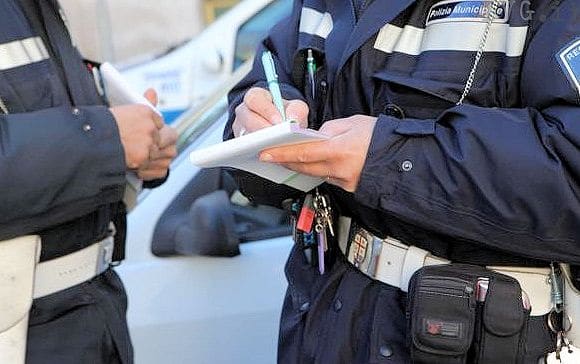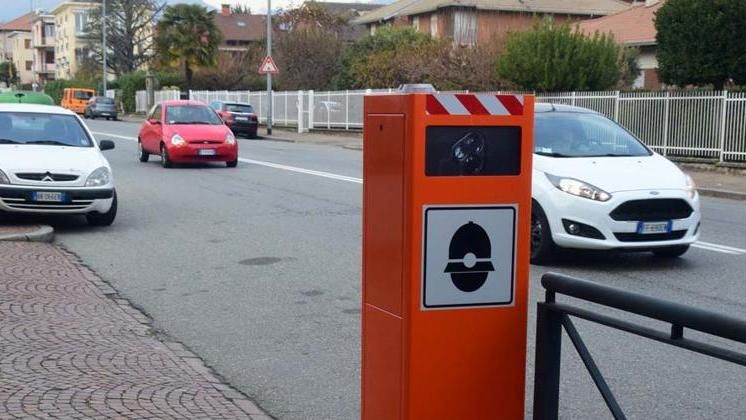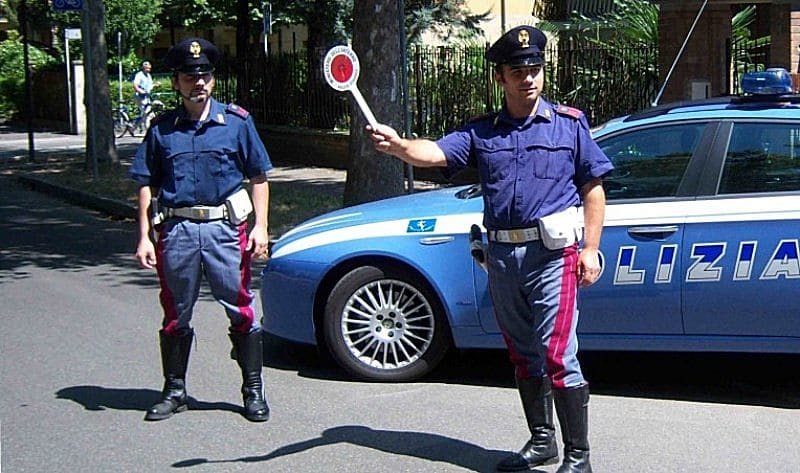il Presidente Mattarella ha firmato il cosiddetto Decreto Legge Semplificazioni, legge di conversione del decreto legge 16 luglio 2020, n. 76, che contiene nuove norme del Codice della Strada. Lo stesso Mattarella però in una lettera indirizzata ai presidenti del Senato, Maria Elisabetta Alberti Casellati, della Camera, Roberto Fico, e del Consiglio, Giuseppe Conte solleva delle critica la principale delle quali è di avere inserito la modifica di quindici articoli del Codice della strada, “che non attengono a materia originariamente disciplinata dal provvedimento. Si è intervenuti in modo rilevante su una disciplina, la circolazione stradale, che, tra l’altro, ha immediati riflessi sulla vita quotidiana delle persone. Invito il governo a vigilare affinché nel corso dell’esame parlamentare dei decreti legge non vengano inserite norme palesemente eterogenee rispetto all’oggetto e alle finalità dei provvedimenti d’urgenza. Rappresento altresì al Parlamento l’esigenza di operare in modo che l’attività emendativa si svolga in piena coerenza con i limiti di contenuto derivanti dal dettato costituzionale“.
One of the most important innovations is the introduction of the notorious speed cameras even on urban roads Of 
They will be confidential special spaces for the stop and parking of electric cars and the establishment of "school zones", where the protection of pedestrians will be guaranteed with the delimitation of the area through special start and end signs and circulation will be prohibited.
The DL Simplifications will also introduce a new article in parallel, the 12a: this will allow you to ascertain the parking and stopping violations not only to employees of Italian municipalities or private companies that manage regulated parking activities, but also to all those workers whose task is usually that of waste collection and street cleaning. In short, the classics "garbage men" that we all know will be able to obtain, following due training, the status of public official, which will serve them to carry out this secondary service within the limits "of the areas adjacent to those subject to the activity under its responsibility which are functional, respectively, to the management of the spaces for the collection of urban waste or to the use of the lanes or roads reserved for the scheduled service“.
The assessment can also be carried out through the use of digital and photographic equipment, which will add up as the cameras provided for the contestation of violations even when the police forces cannot be present on site. These are usually used to verify speeding, passing through red traffic lights, accessing restricted traffic areas and the use of lay-bys for loading and unloading goods, to which will be added the circulation on roads where there are special signs prohibiting access or transit.

Finally, bicycles will also be able to circulate on the lanes reserved for public transport, provided that they are not characterized by tracks and with a carriageway width of not less than 4.30 metres, and on urban cycle roads without observing the single file rule, or in any case the one that provides for a maximum of vehicles side by side never exceeding two. [from informamotori.com]
L'ACI in a press release elenca una critica che non riguarda le nuove norme: ”Riteniamo per esempio un errore – dice Sticchi Damiani – scrivere nel CdS che la durata del giallo debba essere almeno di tre secondi, perché può creare malintesi e far tarare tutti i gialli semaforici sui tre secondi, come se fossero tutti uguali. L’individuazione della giusta durata del giallo semaforico deriva, invece, da un calcolo complesso e unico per ogni incrocio”.
The different applications of the speed camera. Tornando alla riforma, riguardo agli autovelox, le cui postazioni fisse potranno essere installate (previa autorizzazione del prefetto) su strade urbane di quartiere dopo che il decreto diverrà legge, l’Aci ha espresso il proprio giudizio discorde: ”Non ci sembra corretta la possibilità di installare autovelox sulle strade locali in cui vige il limite orario di 30 km/h” ha detto Sticchi Damiani, sottolineando che questo apparecchio è ”un utile strumento per controllare e limitare la velocità nei punti più critici o pericolosi, nei quali è opportuno avere la certezza che la velocità venga ridotta, in modo da consentire di guidare in sicurezza” e che è invece ”diseducativo, quando non addirittura pericoloso, l’autovelox diffuso, magari installato per far cassa e nemmeno correttamente segnalato, secondo quanto previsto dalla normativa”.
Contestata, infine, anche la possibilità di sanzionare la sosta da parte dei netturbini: ”Sembrerebbe che da domani anche gli operatori ecologici possano emettere multe o far rimuovere i veicoli. Ci auguriamo che le cose non stiano così – scrive l’Aci – e che la proposta riguardi solo l’ampliamento delle funzioni degli ausiliari del traffico che, ricordiamo, devono limitarsi a segnalare l’infrazione al corpo di polizia municipale. Non vogliamo nemmeno prendere in considerazione la possibilità che queste nuove figure si sostituiscano al corpo di polizia municipale”. In conclusione, l’Automobile Club d’Italia ha definito ”positiva l’attenzione alla sicurezza in ambito urbano, dove ancora sono troppo numerosi gli incidenti e i morti” ma al contempo si dichiara preoccupato ”che l’applicazione alla realtà di tali norme, inserite nel CdS, risulti difforme e differenziata da Comune a Comune, creando confusione e comportamenti insicuri agli utenti della strada”.
